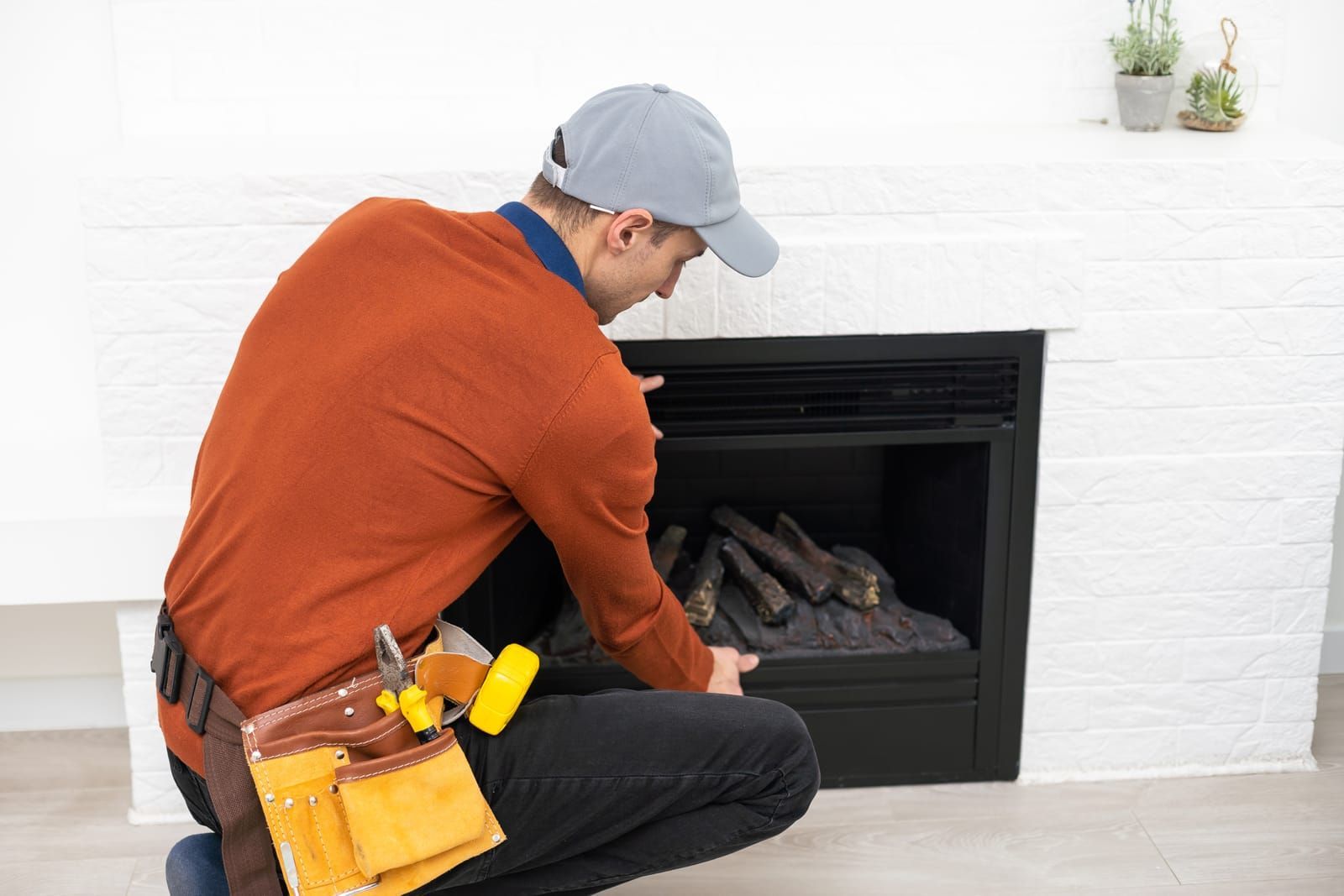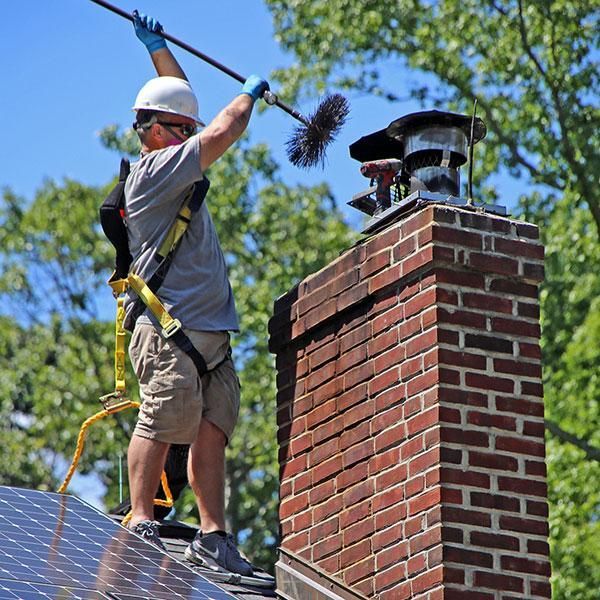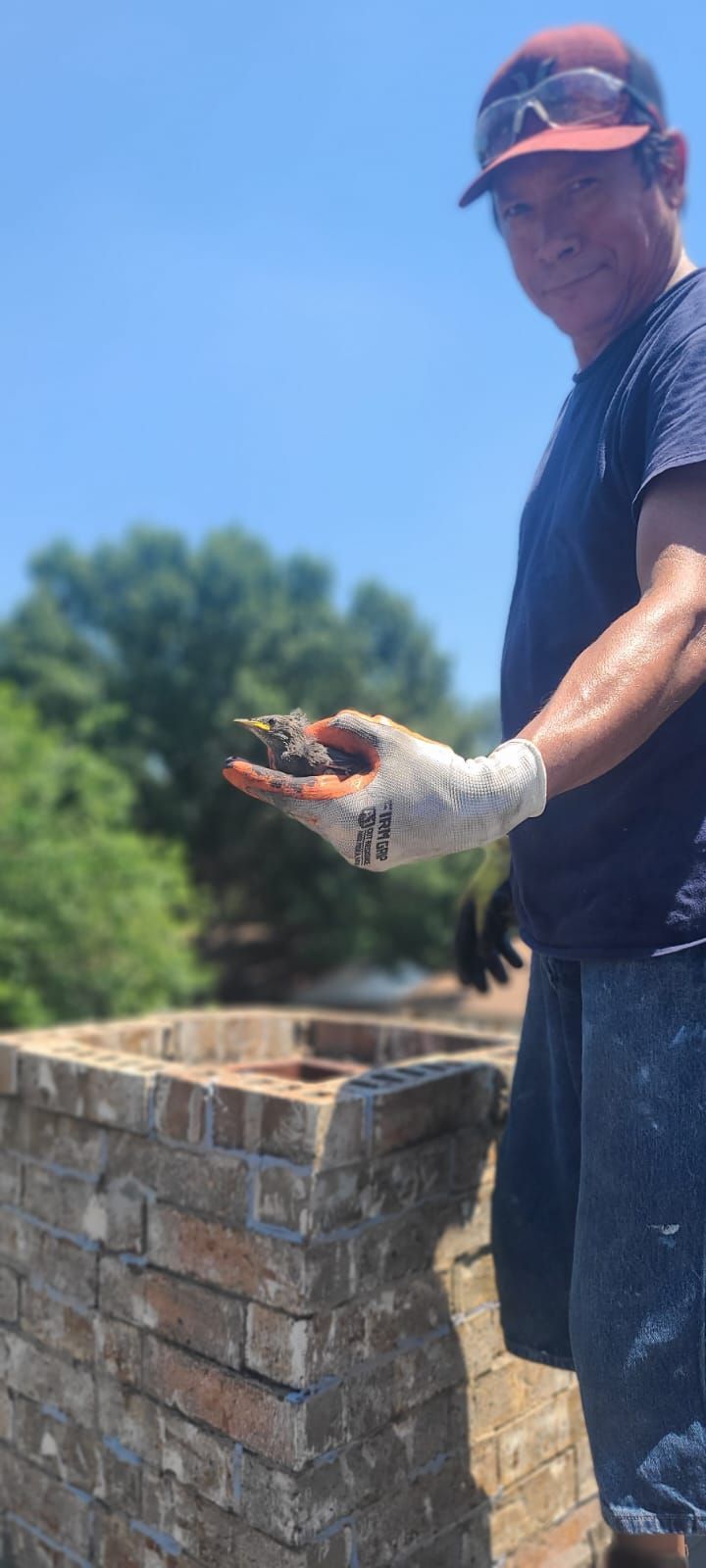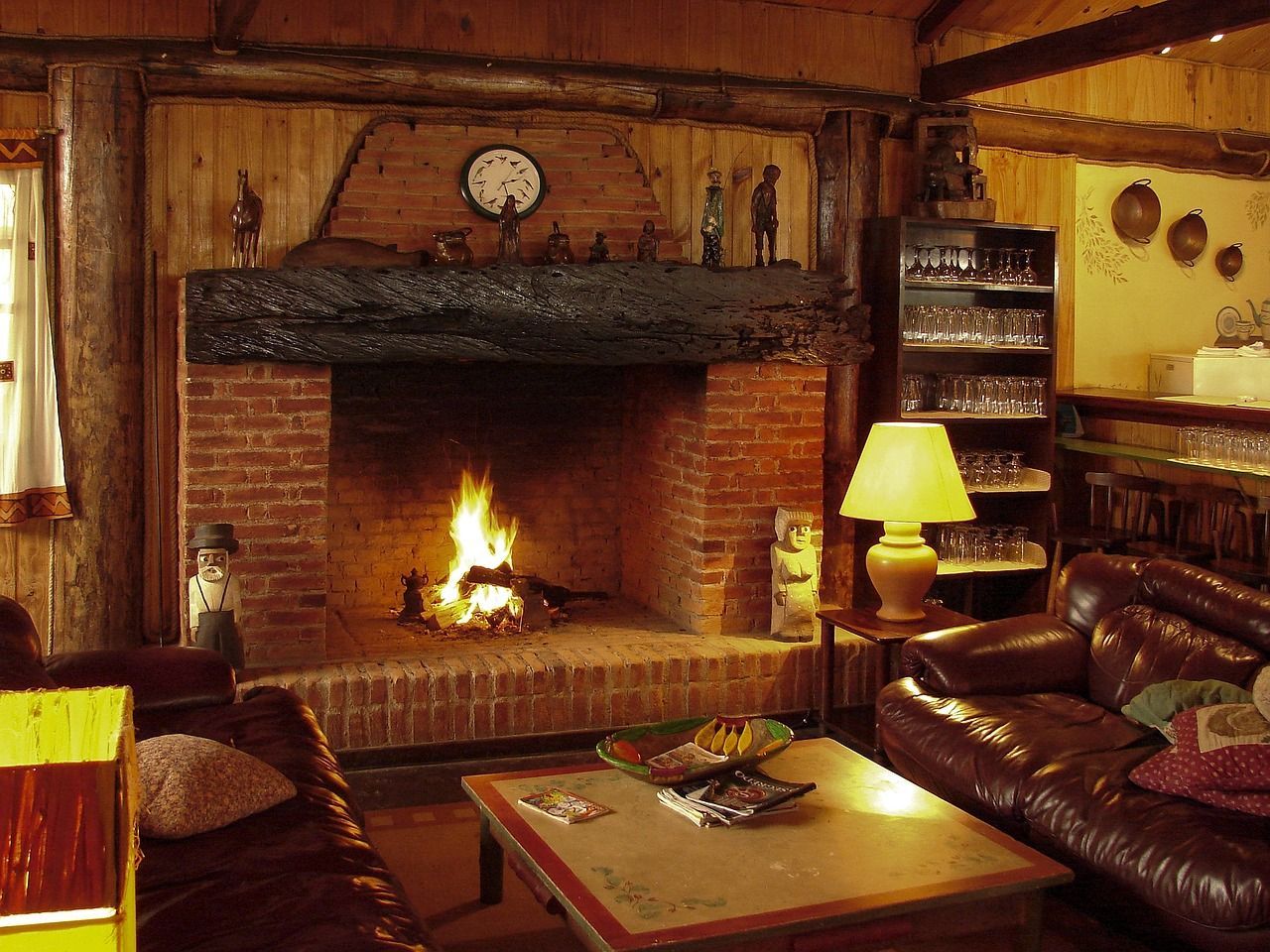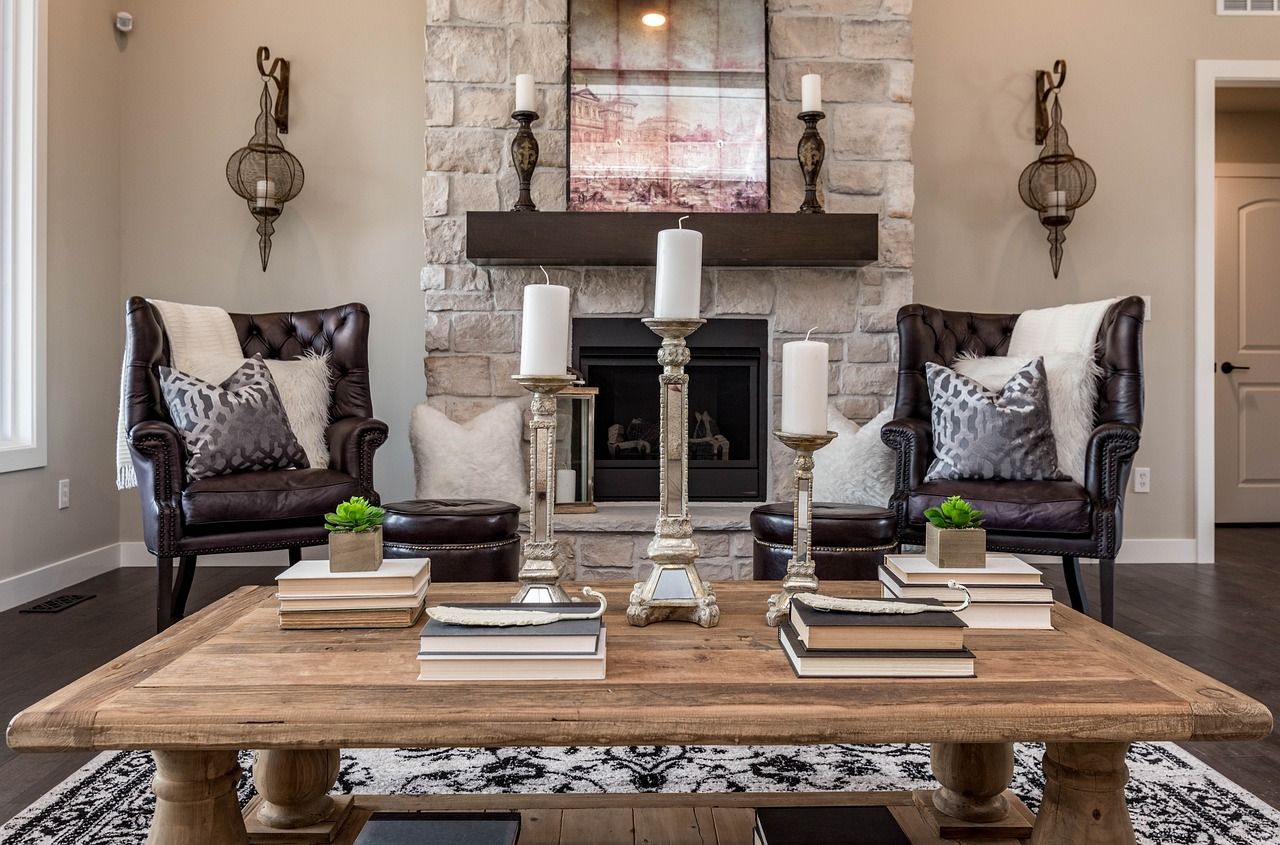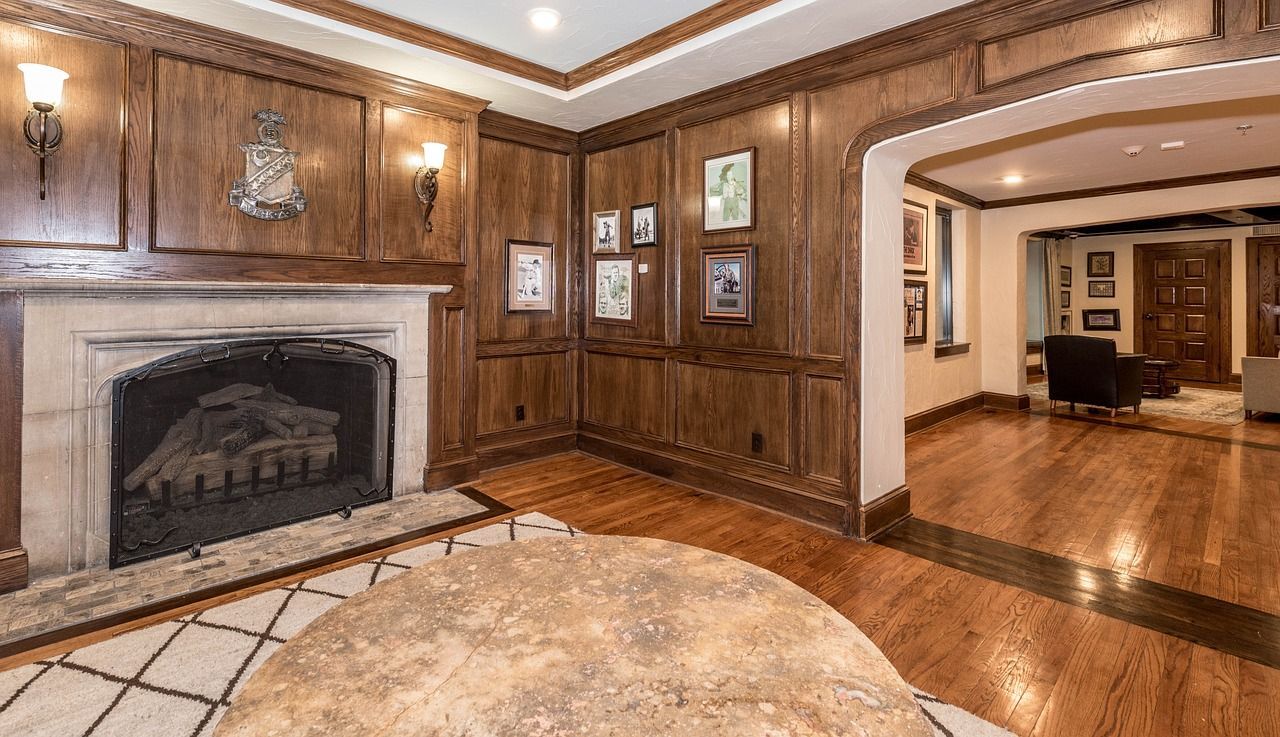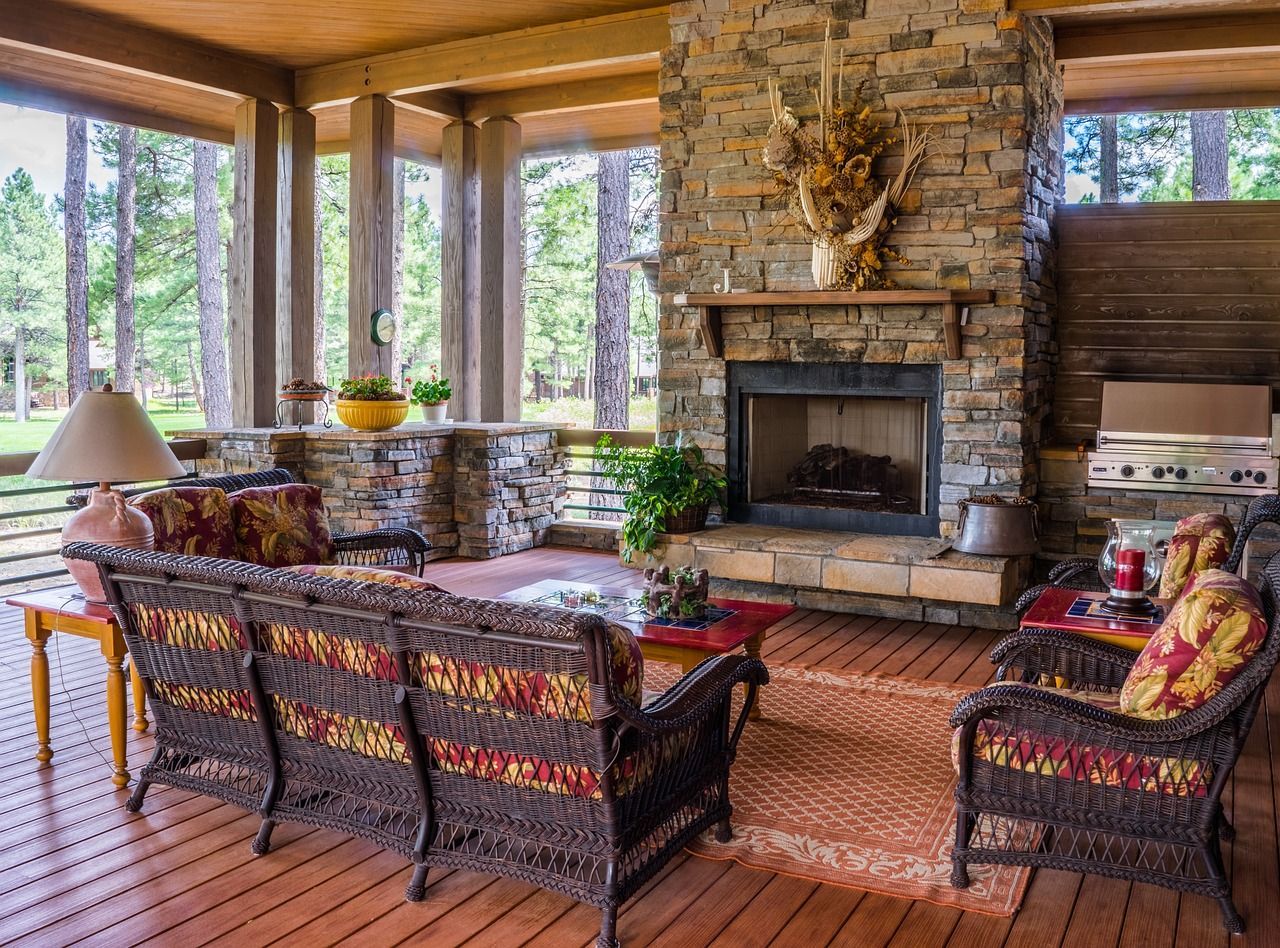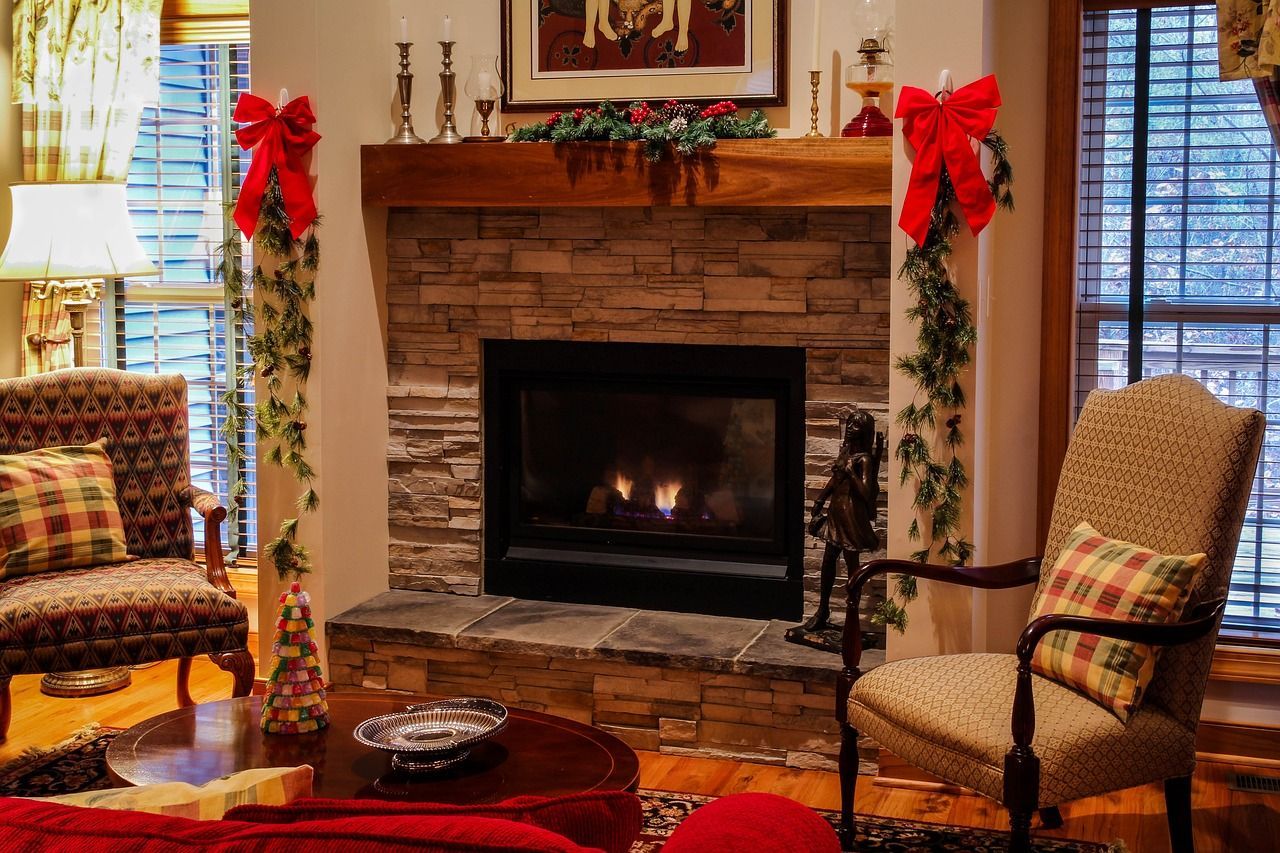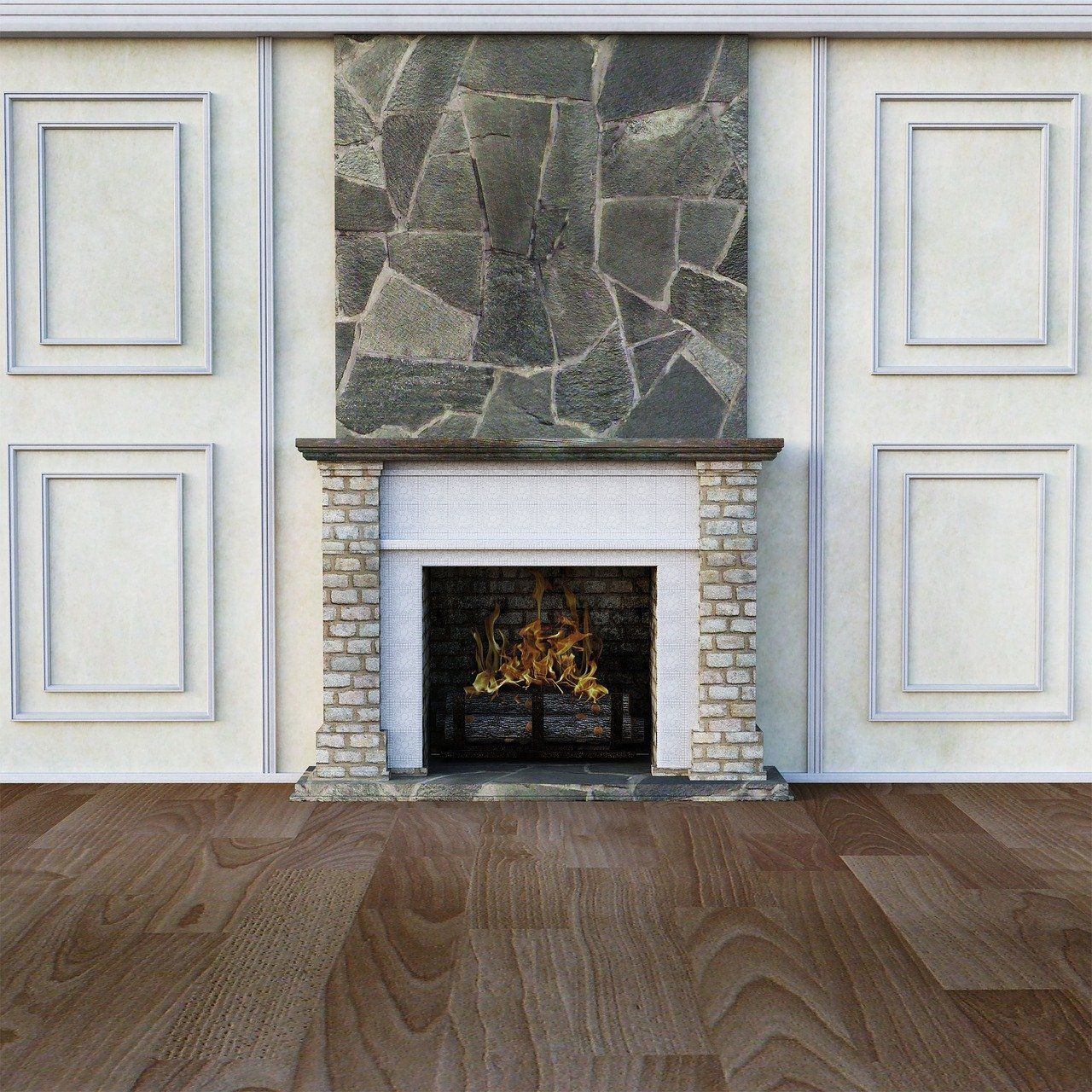How hard is it to install a gas fireplace
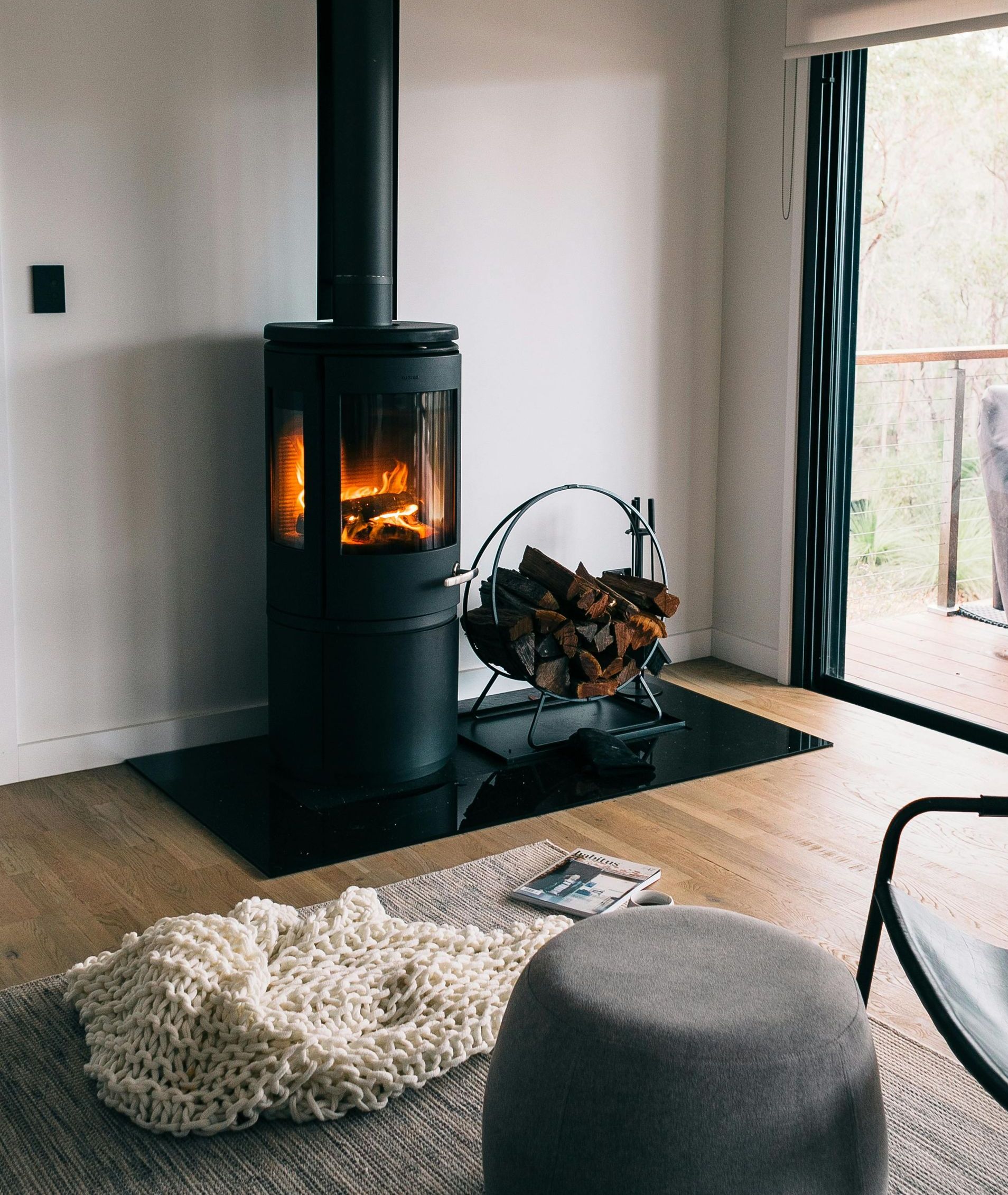
Adic Pro: Your Expert Guide to Chimney Flues
When it comes to chimneys, the flue is the unsung hero. It’s like the secret passage that ensures your fireplace operates safely and efficiently. But can you have a chimney without a flue? Let’s dive into the world of flues, debunk some myths, and explore why they’re essential for your cozy abode.
What Is a Chimney Flue?
Think of the flue as your chimney’s internal highway. It’s the channel through which smoke, gases, and heat escape from your fireplace or wood-burning stove. Every wood-burning or gas fireplace has a flue, but gel and faux fireplaces skip this crucial component.
Why Do You Need a Flue?
- Combustion Safety: An unlined chimney flue is like leaving your front door wide open during a storm. It allows smoke and gases to seep through the bricks and mortar, potentially endangering your home and health.
- Preventing Creosote Buildup: Creosote, that sticky, flammable residue, loves to cling to chimney walls. A flue prevents creosote buildup, reducing the risk of chimney fires.
- Efficient Drafting: Proper airflow is essential for efficient combustion. A well-functioning flue ensures your fire burns brightly, using less fuel and keeping your home warm.
- Structural Protection: Unlined chimneys expose the surrounding elements to extreme heat. Over time, this can weaken the chimney and even lead to structural damage.
Types of Chimney Liners
- Clay Tiles: Conventional and cost-effective, clay tiles are widely used. However, they absorb heat unevenly and may crack over time1.
- Stainless Steel: Durable and corrosion-resistant, stainless steel liners are pricier but offer excellent protection1.
Common Myths About Flues
Myth 1: You Can Skip the Flue
Reality: Modern building codes mandate chimney liners. Operating a chimney without a flue is a safety no-no2. Don’t risk it!
Myth 2: Clay Tiles Are Enough
Reality: While clay tiles work, they have limitations. They absorb heat unevenly and may not distribute it effectively1.
Myth 3: Flues Are Only for Wood-Burning Stoves
Reality: Gas fireplaces need flues too! Proper venting prevents harmful gases from lingering indoors.
Adic Pro’s Expert Advice
- Regular Inspections: Schedule chimney inspections to catch issues early.
- Quality Liners: Invest in sturdy chimney liners (stainless steel is a great choice).
- Chimney Caps: Protect your flue from rain, debris, and critters.
- Professional Help: Call Adic Pro for expert chimney sweep and cleaning services.
Remember, a well-maintained flue ensures a cozy, safe, and efficient fireplace. Adic Pro—your partner in chimney care! 🏠🔥
